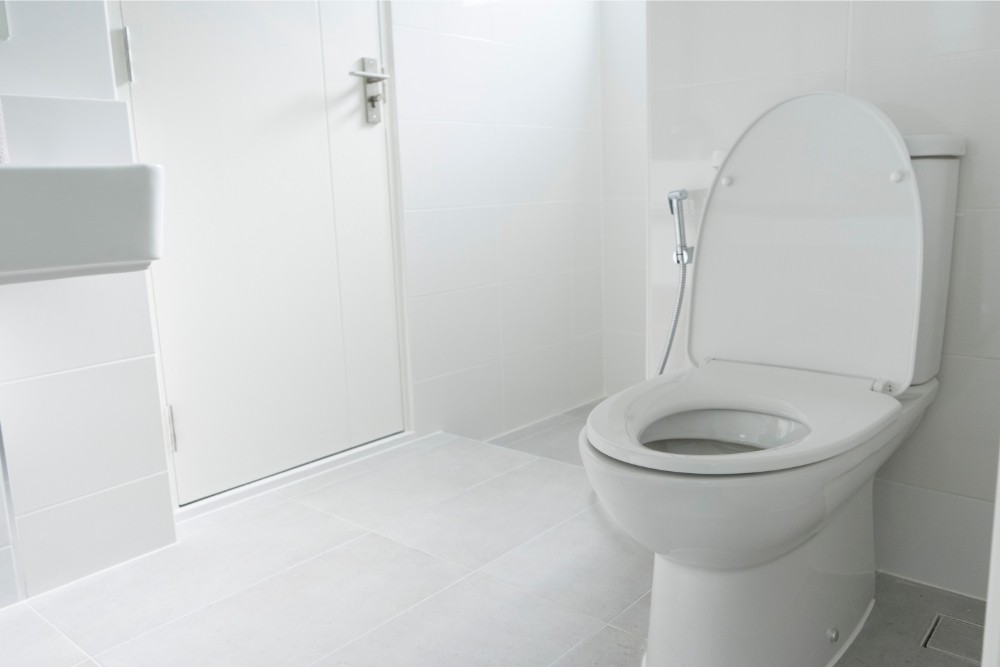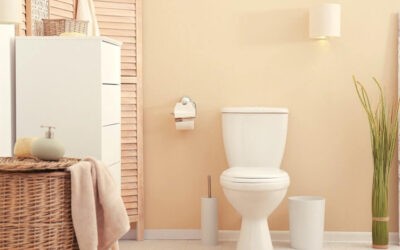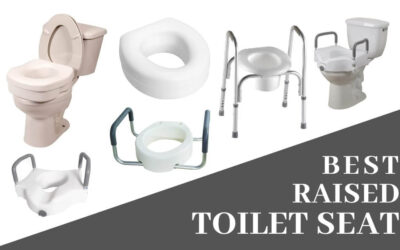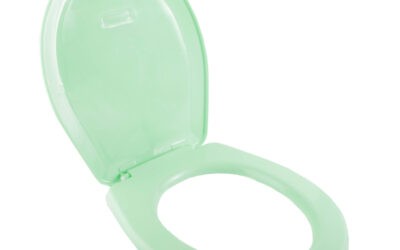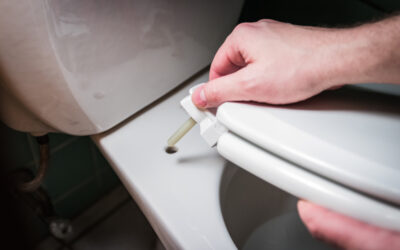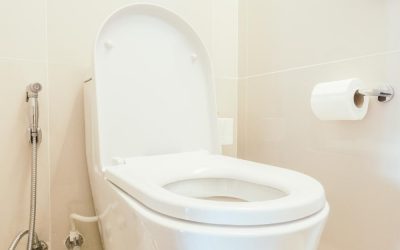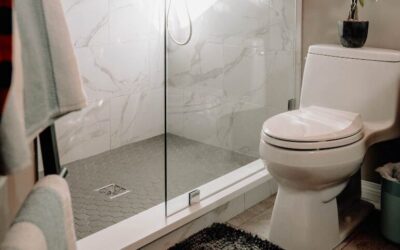Toilet seats are one of those things that you don’t really think about until it’s an issue. However, when you do come to look into them, you’ll notice that there’s more than meets the eyes.
Gone are the days when toilet seats were just holes cut in wood. Now you have to make decisions about materials, hinges, closing options, and, most importantly, size.
There is no standard size for toilet seats which is a right pain in the butt! This means that when it is time to replace your seat, you’ll need to measure your toilet bowl to make sure that the seat will fit before you think about replacing a toilet seat.
The thing that usually catches people out is figuring out where to start and end their measurements. Do you measure from the tank? Where do you stop? The outer edge? The inner edge? If the toilet is round do you need a circumference?
Worry not! We’re here to put a lid on all of your toilet measuring questions.
Shape
Before you even approach the bowl with a measuring tape, take a good look at the shape of the bowl. If it looks more like a circle, then you’ve got a round toilet. If you’ve got an oval shaped toilet then it’s an elongated toilet.
This is important because it means that you can essentially remove half of the possible toilet seats.
You see, round toilet seats don’t fit elongated toilets and elongated seats don’t fit round toilets. You need to check what shape the seat is before you purchase to avoid disappointment, or worse, falling off the porcelain throne!
How to Measure
There are 4 key measurements you need before you buy a new toilet seat. They are:
- Length
- Width
- Fitting Holes
- Height
Length
To measure the length of your toilet, you need to start between the two fixing holes. Try to get as close to the center as possible.
From there, measure all the way down to the outer edge of your toilet. You need to make sure you take the measurement from the outer rim and not the inner rim. If you measure the inner rim, your seat will slip into the bowl!
Width
For the width, you need to go across the widest part of the bowl. Again, you need to do this from outer rim to outer rim.
For most toilets, the widest part is across the middle of the pan. If you’re not sure whether you’ve got the widest part, you can always do a couple of measurements further up or down.
Fitting Holes
The fitting holes are where you attach the toilet seat. They are two holes drilled into the porcelain ready to receive the seat bolts.
Most of the time, the fitting holes on seats are standard across companies. There may, however, be some odd seats out there with unusual measurements.
When measuring between the fitting holes, measure from the middle of one hole to the middle of the other hole.
Height
This only really matters if you have a seat where the lid covers the hinges and bolts. Usually this only happens with square or rectangular seats.
In these cases, you need to measure between the fitting holes and the tank or the wall.
Once you have this measurement, you’ll need to compare it with the thickness of the seat and its lid. This is to make sure that there is enough space between the fitting hole and the tank for the lid to fit.
Reading Seat Measurements
If you take a look at any toilet seat listing, you’ll notice that they throw a lot of measurements at you. It’s even worse if you look at the diagrams! There are numbers everywhere.
One of the first measurements you’ll notice is the length and width of the hole. This is mostly useless information unless you are particularly concerned about falling through the hole.
If you’re an adult, you generally don’t have to worry. If you’re looking for a seat for children or small adults, then you might want to check the size of the hole.
The other measurements they present you with include the height of the seat without the lid. This can be quite useful if you’re shopping for someone with mobility issues. This is because higher seats tend to be easier for them to get on and off.
In terms of making sure your seat fits your toilet, you only really need to check the full-length measurement and the width.
The length measurement is the one that goes from the middle of the fitting holes to the outer edge of the seat rim.
The width is the one that goes across the widest part from one outer edge to the other. This is the one people tend to mix up. They often look at the distance between the inner edge.
It’s always a good idea to check the fitting hole measurements. As we said earlier, they are usually pretty standard, but it’s good to check just in case.
If the seat you’re buying is a square or rectangular design, you’ll want to check the height of the seat including the lid. This is to make sure it fits in the gap between the fitting holes and the tank.
Shape… Again
So, you already know that there are two main shapes of seat, round and elongated.
You might, however, have some trouble spotting which toilet seats are round and which are elongated. Usually, it says in the description, but this isn’t always the case.
You can, however, tell from the measurements.
Round toilet seats are usually about 16.5 inches in length while elongated seats are between 18 and 18.5 inches.
Final Thoughts
Try not to get bogged down by the toilet seat measurements. As long as you remember to take the length from between the fitting holes, and the width across the widest part, everything will pan out.
Just take your time, choosing the best toilet seat for your throne.

